When it comes to kitchen design, incorporating a floating kitchen island can bring both functionality and style to your space. Floating kitchen islands, also known as freestanding islands or kitchen carts, are versatile pieces of furniture that can be moved around the kitchen as needed. They provide additional counter space, storage, and seating options, making them a popular choice for modern kitchens.
One of the key benefits of a floating kitchen island is its versatility. Unlike built-in islands, which are fixed in place, floating islands can be easily moved to accommodate different layouts and activities in the kitchen. This flexibility is particularly useful in smaller kitchens where space is limited, as it allows you to maximize the use of available space.
Floating kitchen islands come in a variety of designs, ranging from simple butcher block or stainless steel tops to more elaborate designs with built-in sinks, stovetops, or storage cabinets. The choice of design will depend on your specific needs and preferences, as well as the style of your kitchen. For example, a sleek, minimalist island with a stainless steel top may be more suitable for a modern kitchen, while a rustic butcher block island might complement a farmhouse-style kitchen.
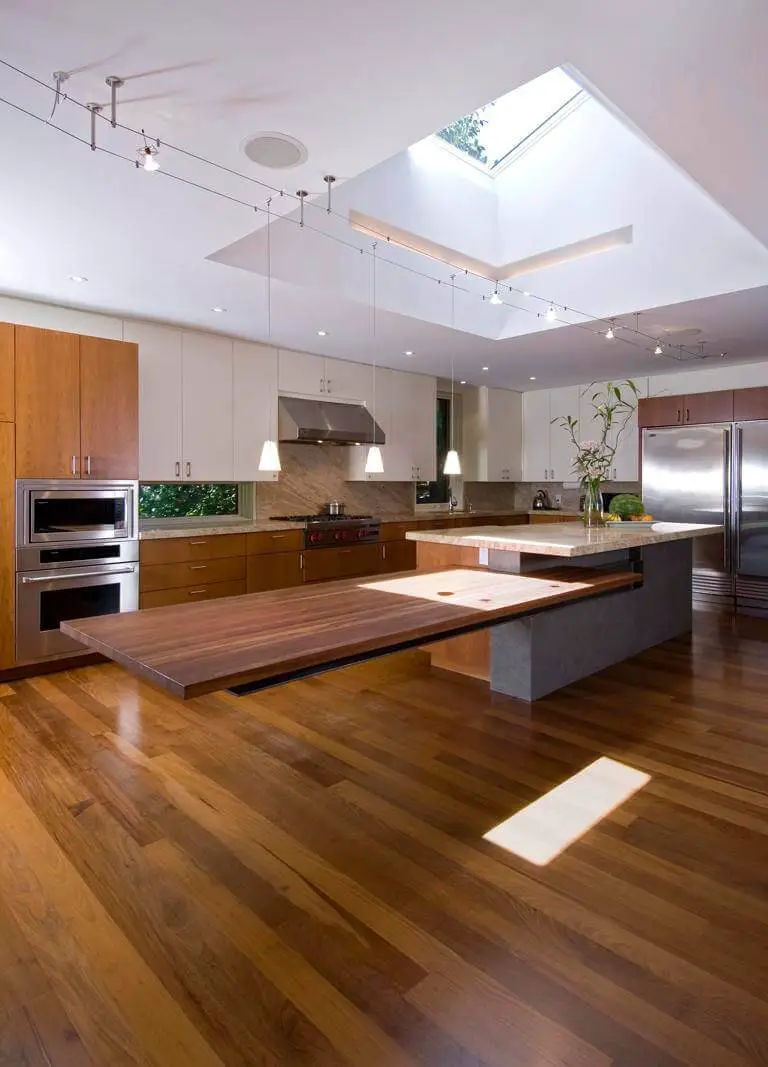
In addition to providing extra counter space, floating kitchen islands can also serve as additional storage solutions. Many floating islands come with built-in shelves, drawers, or cabinets where you can store kitchen essentials such as pots, pans, utensils, and small appliances. This can help keep your kitchen organized and clutter-free, making it easier to prepare meals and entertain guests.
Another advantage of floating kitchen islands is their portability. Because they’re not fixed in place like built-in islands, floating islands can be easily moved to different areas of the kitchen or even to other rooms in the house. This makes them ideal for entertaining, as you can use them as serving stations or makeshift bars when hosting parties or gatherings.

When designing a floating kitchen island, it’s important to consider the overall layout and flow of your kitchen. The island should be positioned in a way that allows for easy movement around the space and doesn’t impede the functionality of other kitchen features such as appliances, cabinets, or countertops. Additionally, the size and shape of the island should complement the proportions of the room and leave enough space for comfortable seating and circulation.
In terms of style, floating kitchen islands offer endless design possibilities. You can choose from a wide range of materials, finishes, and colors to complement your existing kitchen decor and personal taste. Whether you prefer a modern, industrial look with sleek metal and concrete accents or a more traditional, cozy vibe with warm wood and classic finishes, there’s a floating island design to suit every aesthetic.
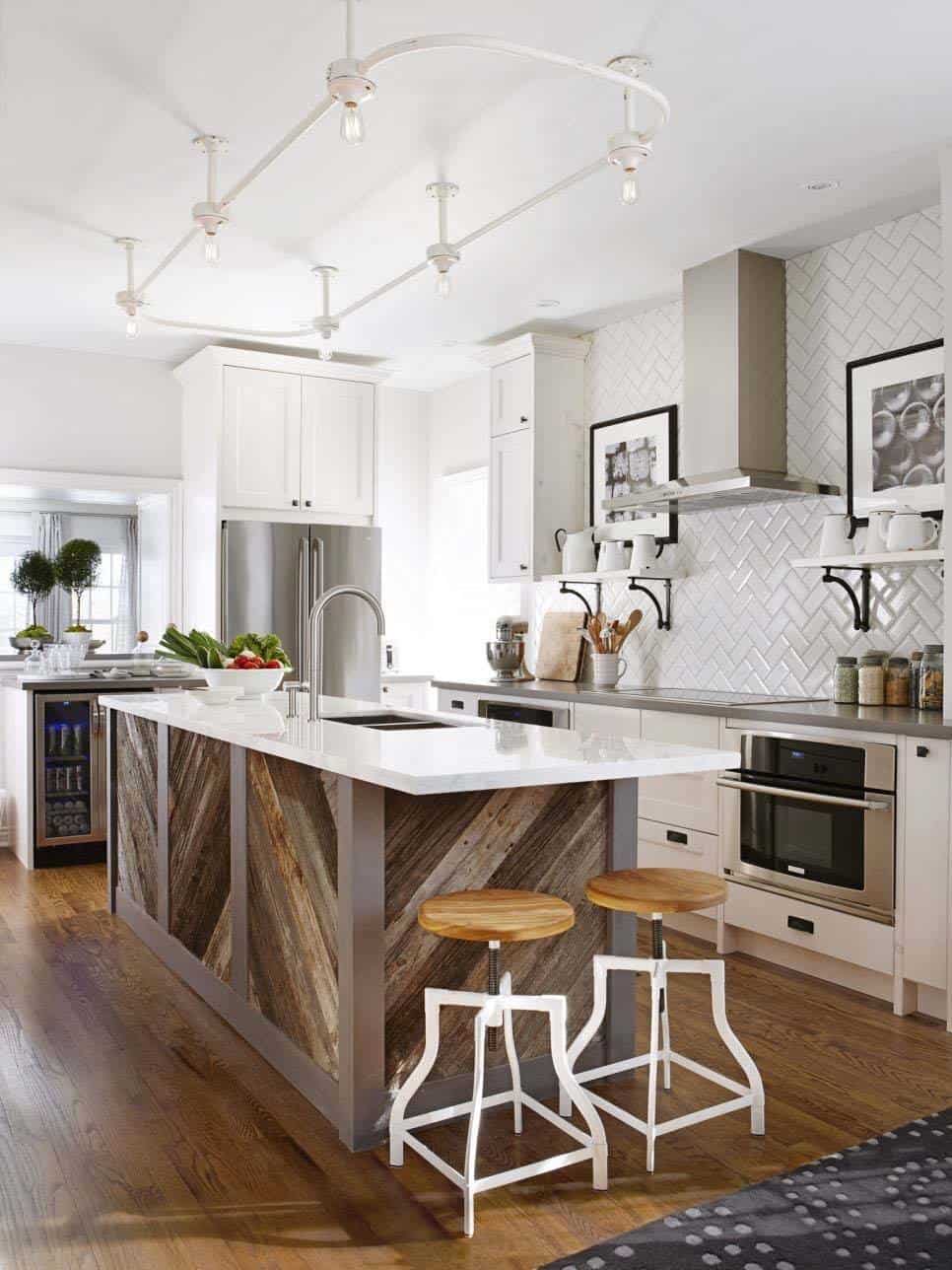
Common Mistakes to Avoid:
- Overlooking the size and proportions of the floating kitchen island in relation to the overall kitchen layout can result in a cramped or awkward space.
- Neglecting to consider the functionality and storage needs of the island can lead to a design that doesn’t fully meet your needs.
- Choosing a floating island design that clashes with the style of your kitchen or overwhelms the space can disrupt the overall aesthetic harmony.
- Failing to properly anchor or secure the floating island to the floor can result in stability issues or safety hazards, especially if the island is heavy or has moving parts.
- Underestimating the importance of proper maintenance and care for materials such as wood, stainless steel, or granite can lead to premature wear and damage.
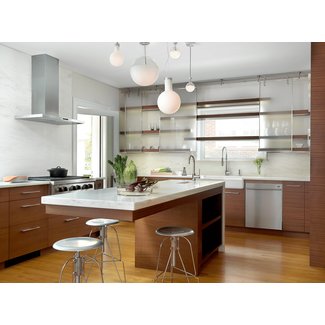
Can I use a floating kitchen island as a dining table?
Yes, many floating kitchen islands are designed to double as dining tables, with built-in seating options such as bar stools or counter-height chairs. This can provide a convenient and versatile dining space in smaller kitchens or open-plan layouts.
How do I decide on the size of a floating kitchen island?
The size of the floating kitchen island should be proportional to the size of your kitchen and the available space. Consider factors such as the layout of your kitchen, the amount of counter space needed, and the desired seating capacity when determining the size of the island.
Can I install plumbing or electrical fixtures in a floating kitchen island?
Yes, many floating kitchen islands can accommodate plumbing or electrical fixtures such as sinks, faucets, or stovetops. However, this will require careful planning and installation by a professional to ensure proper functionality and safety.
Are there options for customizing a floating kitchen island?
Yes, many manufacturers offer customizable options for floating kitchen islands, allowing you to choose the size, shape, materials, finishes, and features that best suit your needs and preferences.
How do I maintain and clean a floating kitchen island?
The maintenance and cleaning requirements for a floating kitchen island will depend on the materials and finishes used. Generally, regular cleaning with mild soap and water is sufficient for most surfaces, while special care may be needed for materials such as wood or stainless steel to prevent damage or staining.
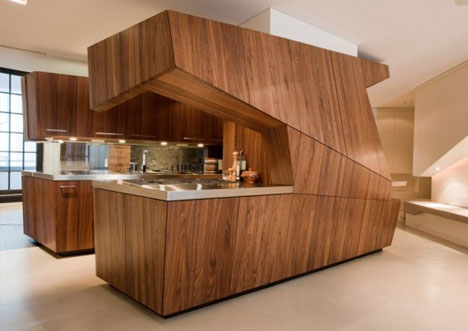
Awesome Small Kitchen With Island Designs

Floating Island Kitchen Modern kitchen furniture, Floating kitchen island, Kitchen
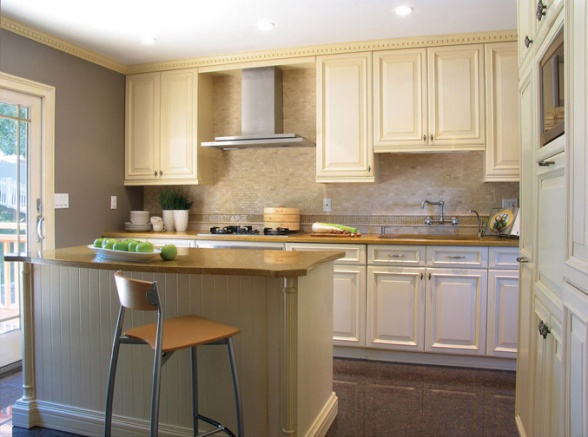
All In Details Kitchen Island Idea
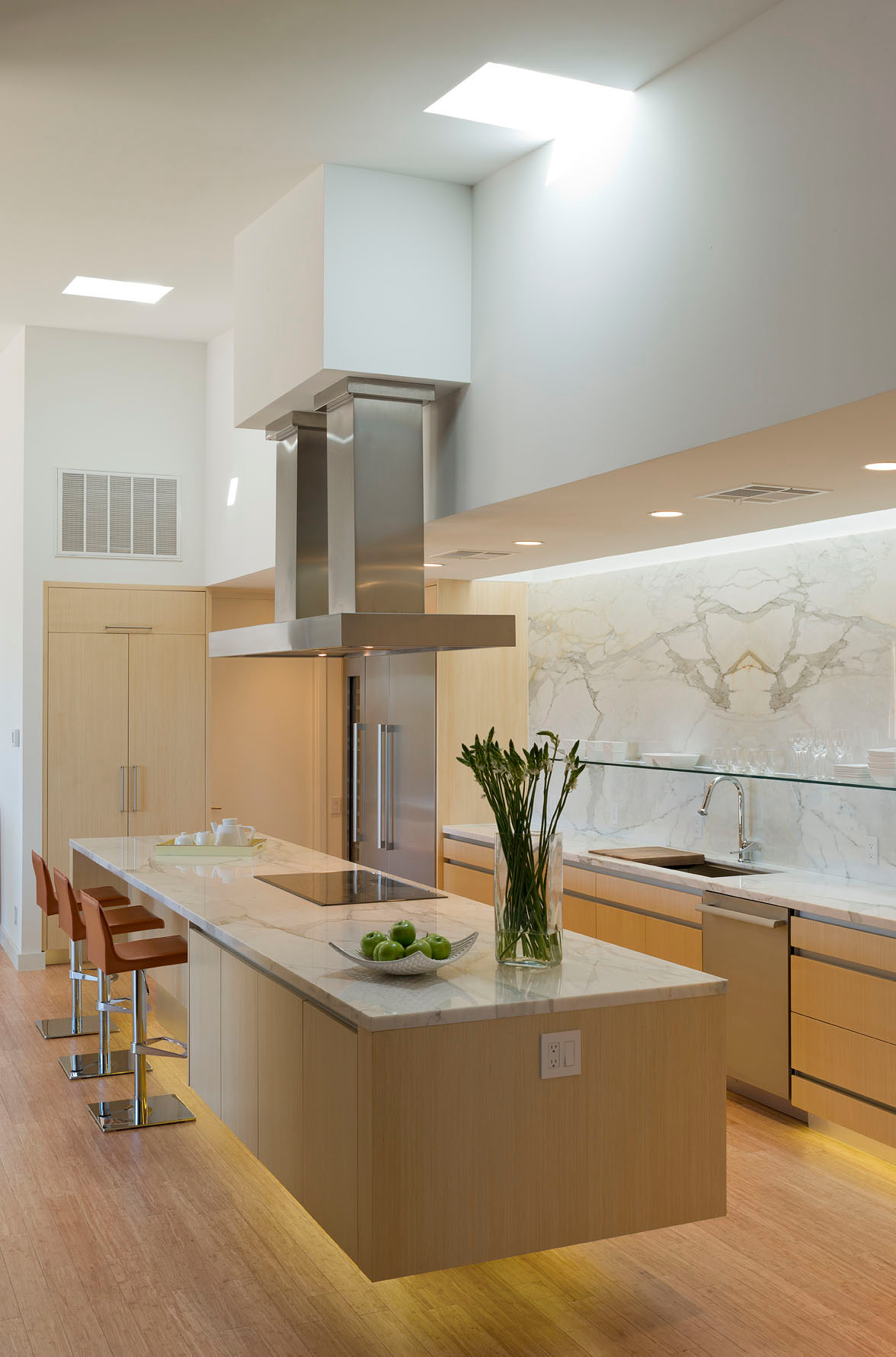
Fabulous Kitchen Island Designs

Kitchen Design Fix: How to Fit an Island Into a Small Kitchen

DIY Floating Shelves Ideas – Best of DIY Ideas

Floating Homes That Will Make You Want to Live on Water Architecture & Design
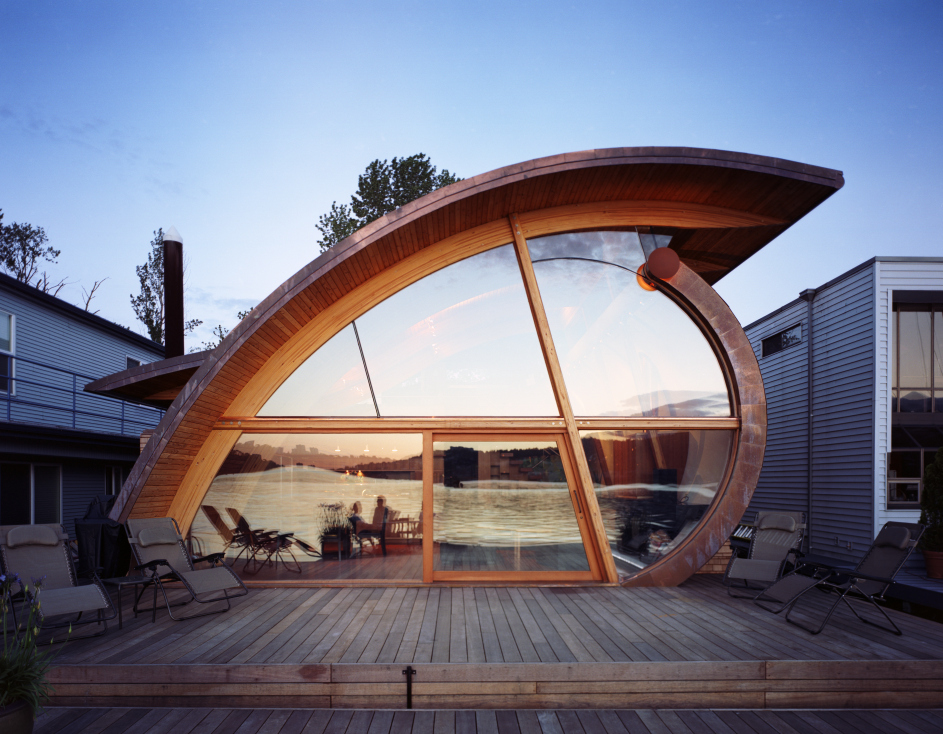
Related Posts:
- Country Kitchen Long Island
- Ideas For Making A Kitchen Island
- How Much Does A Custom Kitchen Island Cost
- Small Kitchen Designs With An Island
- Compact Kitchen Island With Seating
- Kitchen Island Made From Old Windows
- Built In Kitchen Islands With Breakfast Bar
- Granite Top Kitchen Island Unit
- New Kitchen Island Designs
- Outdoor Kitchen Island Pictures